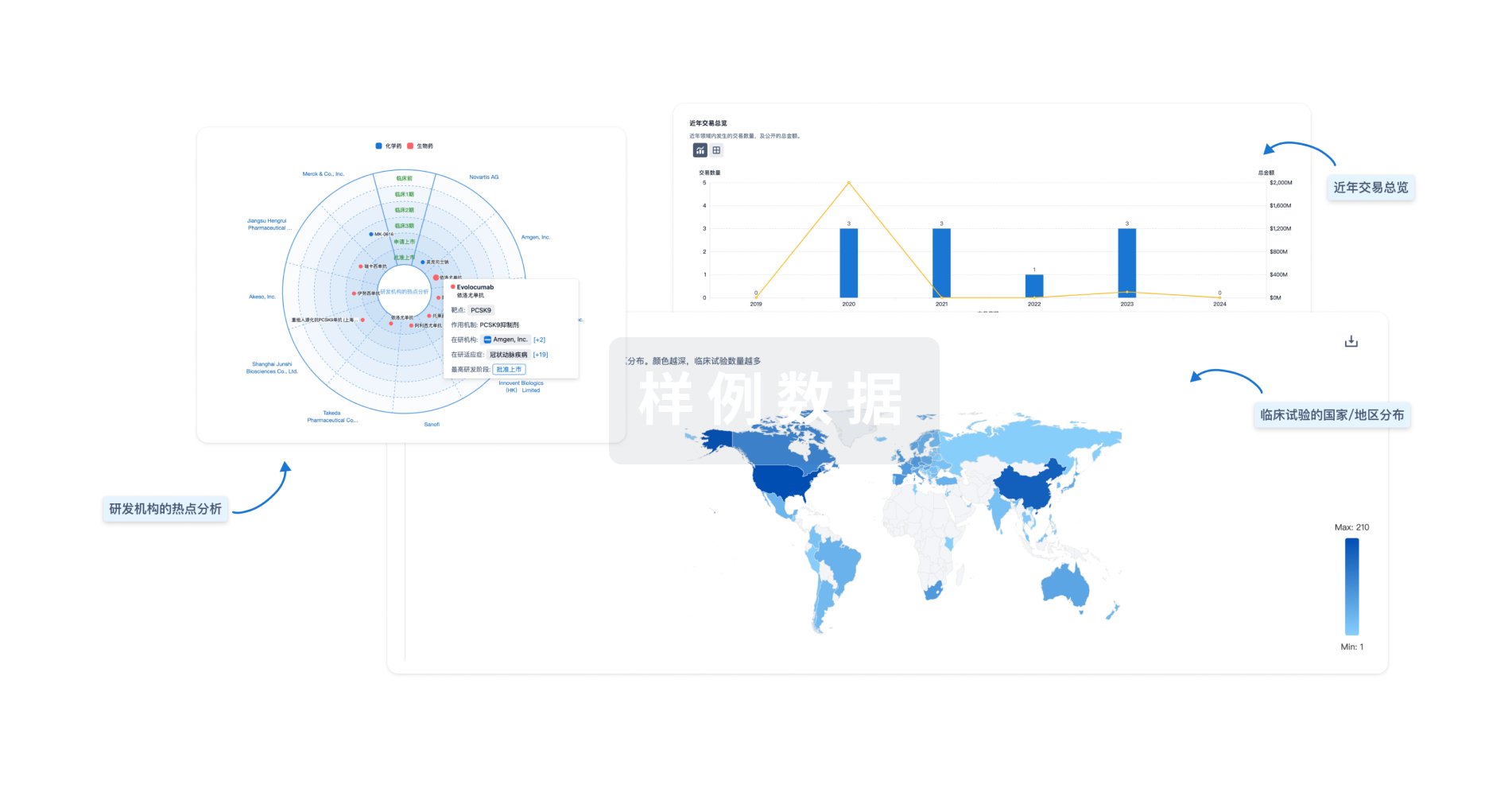预约演示
更新于:2025-03-18
PTP1B x α-glucosidase
更新于:2025-03-18
基本信息
关联
100 项与 PTP1B x α-glucosidase 相关的临床结果
登录后查看更多信息
100 项与 PTP1B x α-glucosidase 相关的转化医学
登录后查看更多信息
0 项与 PTP1B x α-glucosidase 相关的专利(医药)
登录后查看更多信息
157
项与 PTP1B x α-glucosidase 相关的文献(医药)2025-05-01·PHYTOCHEMISTRY
Flavonoid glycosides in Lepidium sativum seeds and their bioactivities
Article
作者: Li, Jun ; Zhao, Haiqing ; Shybyray, Yergazy ; Liu, Liu ; Aisa, Haji Akber
Twelve flavonoid glycosides including five undescribed ones, lepisativutimines Q-U, were isolated and identified from Lepidium sativum seeds. Acid hydrolysis followed by acetic derivatization and GC analysis were conducted to determine the absolute configurations for sugars. Lepisativutimine U and beitingxinhuangtong A were uncommon kaempferol 8-S-glycosides, and complete NMR data of beitingxinhuangtong A were provided for the first time. Mass fragmentation pathways of isolated compounds were deduced based on their MS/MS data, and characteristic mass fragmentation patterns were summarized. Lepisativutimine U and kaempferol-7-O-α-l-rhamnopyranoside exhibited weak anti-diabetic activity against PTP1B with IC50 values of 60.58 ± 3.53 and 33.90 ± 2.89 μM, respectively, quercetin-7-O-α-l-rhamnopyranoside displayed significant anti-diabetic activity against α-glucosidase with an IC50 value of 25.96 ± 0.30 μM, and kaempferol 3-O-β-d-glucopyranosyl-(1 → 2)-β-d-galactopyranoside-7-O-α-l-rhamnopyranoside and kaempferol-7-O-α-l-rhamnopyranoside showed weak inhibitory activity against NO release in LPS-induced RAW264.7 cells with IC50 values of 92.28 ± 4.19 and 40.77 ± 1.50 μM, respectively.
2025-03-01·COMPUTERS IN BIOLOGY AND MEDICINE
D-glucose-conjugated thioureas containing 2-aminopyrimidine as potential multitarget inhibitors for type 2 diabetes mellitus: Synthesis and biological activity study
Article
作者: Thanh, Nguyen Dinh ; Trang, Vu Minh ; Toan, Vu Ngoc
α-d-Glucose-conjugated thioureas 8a-w of substituted 4,6-diaryl-2-aminopyrimindines were designed, synthesized, and screened for their antidiabetic inhibitory activity. The thioureas with the strongest potential inhibitory activity included 8f (IC50 = 11.32 ± 0.34 μM for α-amylase), 8g (IC50 = 10.35 ± 0.88 μM for α-glucosidase), 8e (IC50 = 2.53 ± 0.03 nM for DPP-4), and 8c (IC50 = 3.93 ± 0.03 nM for PTP1B). The inhibitors 8g, 8e, and 8c were competitive α-glucosidase, non-competitive DDP-4, and non-competitive PTP1B inhibitors, respectively. In addition, compounds 8a, 8c, 8e, 8f, 8g, 8h, and 8j were noncytotoxic for 3T3 cell line. Induced fit docking study showed the key active interactions of each ligand with residues in the active site of each of these enzymes. Molecular dynamics simulation study on the representative complexes 8f/4W93 and 8e/3W2T in enzymes 4W93 and 3W2T, respectively, displayed the bioactive interactions between the residues and the corresponding potent inhibitor in the active site. Some of the various effects of the electron-donating and electron-withdrawing substituents on benzene of pyrimidine ring to inhibitory activities against enzymes related to T2DM were discussed. The calculations based on MM-GBSA showed the effects of the solvation to the active binding of the specific ligand in the active pocket of an enzyme.
2024-12-31·JOURNAL OF ENZYME INHIBITION AND MEDICINAL CHEMISTRY
New natural protein tyrosine phosphatase 1B inhibitors from
Gynostemma pentaphyllum
Article
作者: Wu, Di ; Qin, Lin ; Wang, Jianmei ; He, Yuqi ; Zhang, Qianru ; Wu, Xingdong ; Du, Yimei ; Tan, Daopeng ; Wang, Xianting ; Deng, Yidan ; Xie, Jian
Type 2 diabetes mellitus (T2DM) is a chronic metabolic disease mainly caused by insulin resistance, which can lead to a series of complications such as cardiovascular disease, retinopathy, and its typical clinical symptom is hyperglycaemia. Glucosidase inhibitors, including Acarbose, Miglitol, are commonly used in the clinical treatment of hypoglycaemia. In addition, Protein tyrosine phosphatase 1B (PTP1B) is also an important promising target for the treatment of T2DM. Gynostemma pentaphyllum is a well-known oriental traditional medicinal herbal plant, and has many beneficial effects on glucose and lipid metabolism. In the present study, three new and nine known dammarane triterpenoids isolated from G. pentaphyllum, and their structures were elucidated by spectroscopic methods including HR-ESI-MS,1H and 13C NMR and X-ray crystallography. All these compounds were evaluated for inhibitory activity against α-glucosidase, α-amylase and PTP1B. The results suggested that compounds 7∼10 were potential antidiabetic agents with significantly inhibition activity against PTP1B in a dose-dependent manner.
分析
对领域进行一次全面的分析。
登录
或

Eureka LS:
全新生物医药AI Agent 覆盖科研全链路,让突破性发现快人一步
立即开始免费试用!
智慧芽新药情报库是智慧芽专为生命科学人士构建的基于AI的创新药情报平台,助您全方位提升您的研发与决策效率。
立即开始数据试用!
智慧芽新药库数据也通过智慧芽数据服务平台,以API或者数据包形式对外开放,助您更加充分利用智慧芽新药情报信息。
生物序列数据库
生物药研发创新
免费使用
化学结构数据库
小分子化药研发创新
免费使用